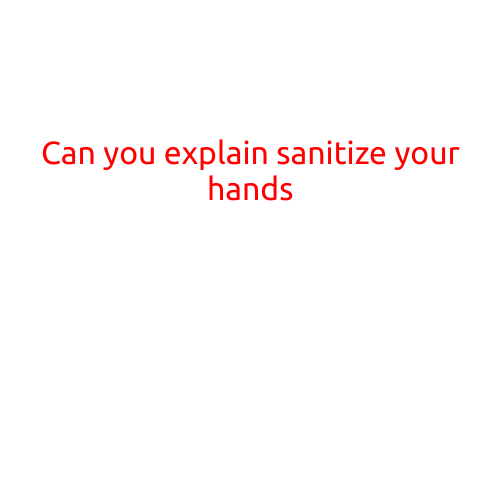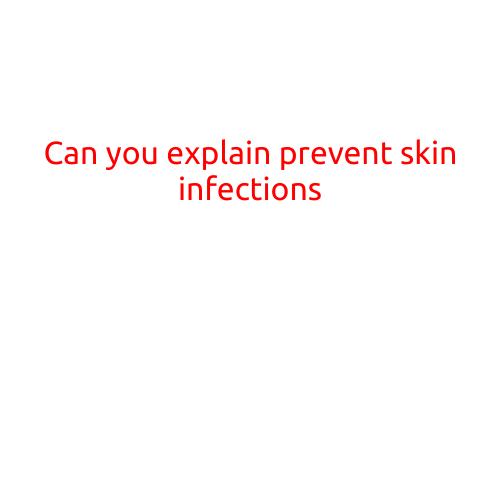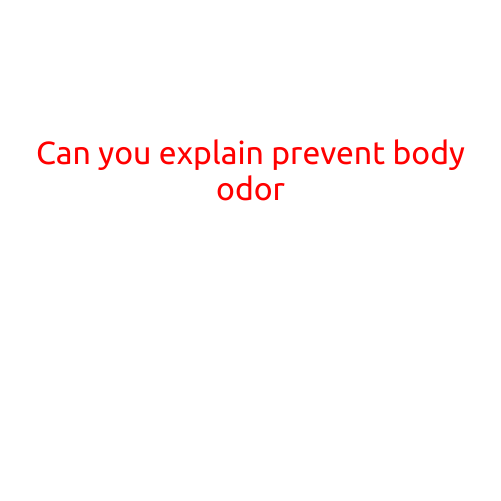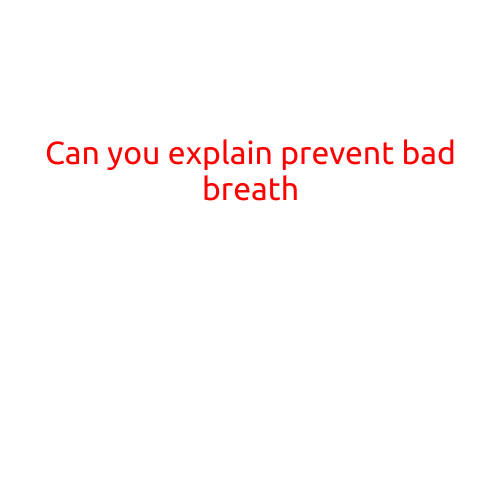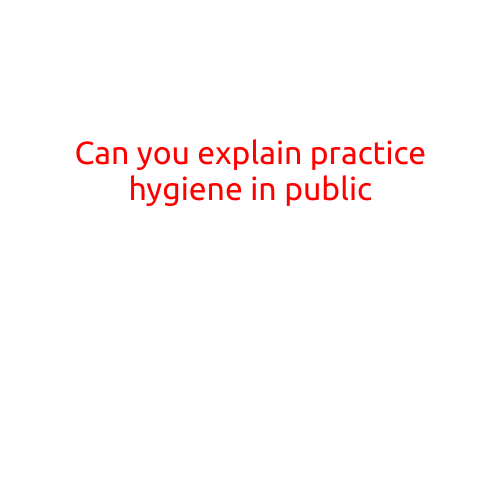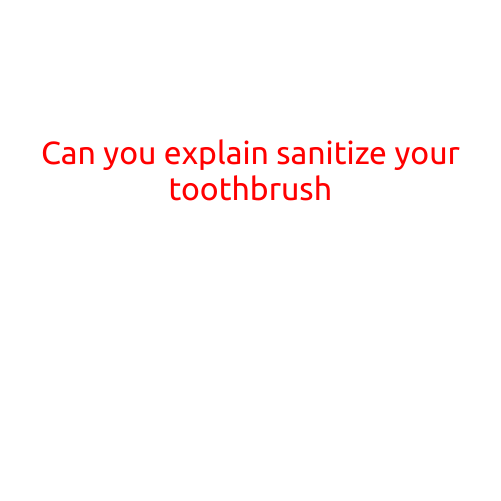
Can You Explain: Sanitize Your Toothbrush?
When it comes to oral hygiene, we often focus on brushing our teeth regularly and flossing at least once a day. However, there’s another crucial aspect of maintaining good oral health that’s often overlooked: sanitizing our toothbrushes.
In this article, we’ll explore the importance of sanitizing your toothbrush and provide you with some simple and effective methods to do so.
Why Should I Sanitize My Toothbrush?
Germs and bacteria can accumulate on your toothbrush, especially after using it to brush your teeth. These microorganisms can cause a range of problems, including:
- Tooth Decay: Bacteria can feed on sugars and carbohydrates, producing acid that can damage your tooth enamel and lead to cavities.
- Gingivitis: Bacteria can irritate your gums, leading to inflammation and infection.
- Bad Breath: The buildup of bacteria on your toothbrush can cause halitosis (bad breath).
- Infections: In rare cases, bacteria on your toothbrush can infect your mouth, throat, or even your sinuses.
How Do I Sanitize My Toothbrush?
Sanitizing your toothbrush is a simple process that can be done at home or with a few basic tools. Here are some methods to sanitize your toothbrush:
Method 1: Running Water
- Rinse your toothbrush with running water for 30 seconds to 1 minute.
- This method is effective, but it may not remove all bacteria and viruses.
Method 2: Toothpaste and Water
- Place a small amount of toothpaste on your toothbrush.
- Add a few drops of water to create a paste.
- Brush your toothbrush against your teeth for 30 seconds to 1 minute.
- Rinse with water to remove all residue.
- This method can help remove bacteria from the bristles.
Method 3: Vinegar and Water
- Mix 1 part white vinegar with 1 part water in a cup.
- Soak your toothbrush in the solution for 5-10 minutes.
- Rinse with water to remove any acidity.
- This method can help kill bacteria and viruses.
Method 4: UV Sanitizer
- Use a UV sanitizer, such as a UV toothbrush sanitizer or a UV-C disinfectant light.
- These devices emit UV-C light, which is effective against 99.9% of bacteria, viruses, and germs.
- Follow the manufacturer’s instructions for use.
Method 5: Boiling Water
- Fill a pot with boiling water.
- Dip your toothbrush in the water for 30 seconds to 1 minute.
- Remove and rinse with cold water.
- This method can be effective, but be careful not to burn yourself.
Conclusion
Sanitizing your toothbrush is an essential part of maintaining good oral hygiene. By using one or more of these methods, you can remove germs and bacteria that can cause a range of problems. Remember to replace your toothbrush every 3-4 months or sooner if the bristles become frayed.
By following these simple steps, you can keep your toothbrush clean and your mouth healthy. Stay tuned for more articles on oral hygiene and overall health!
